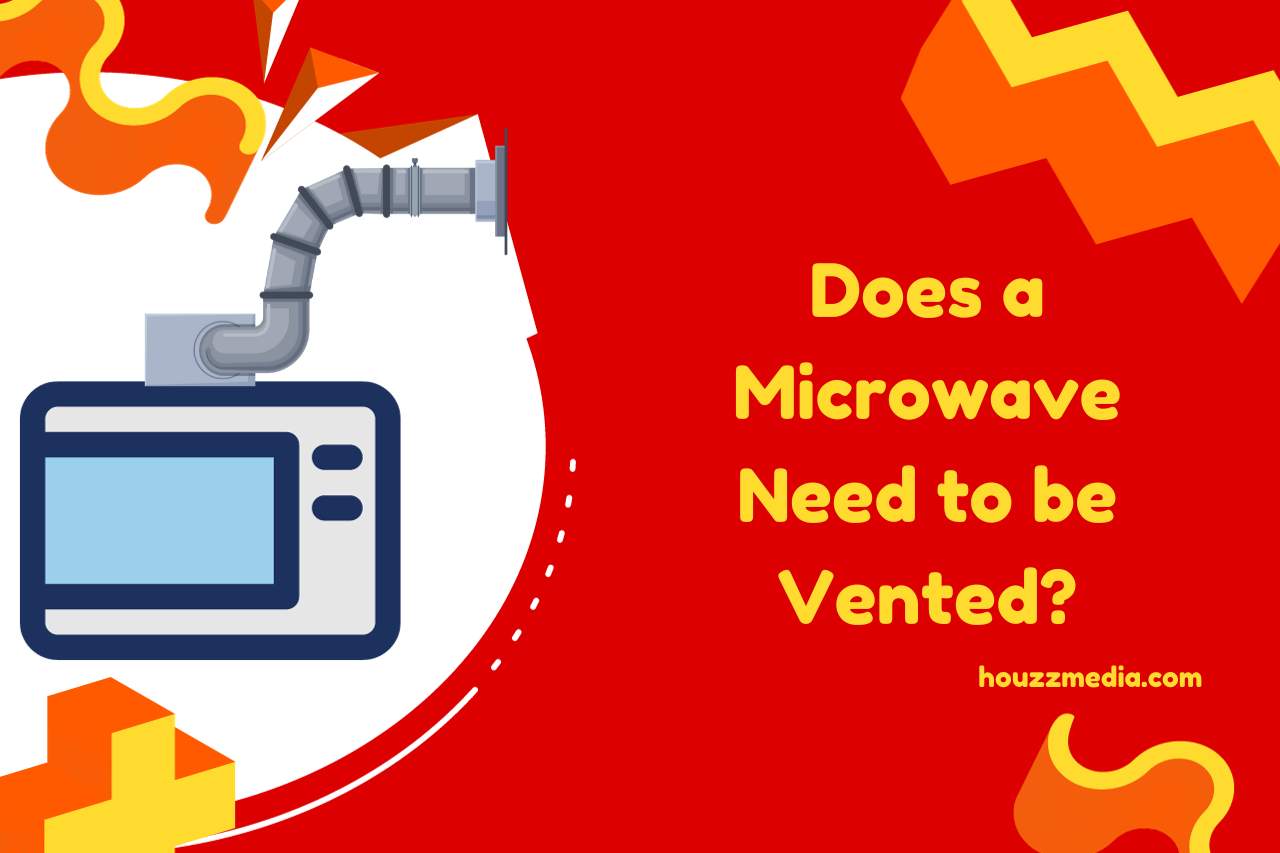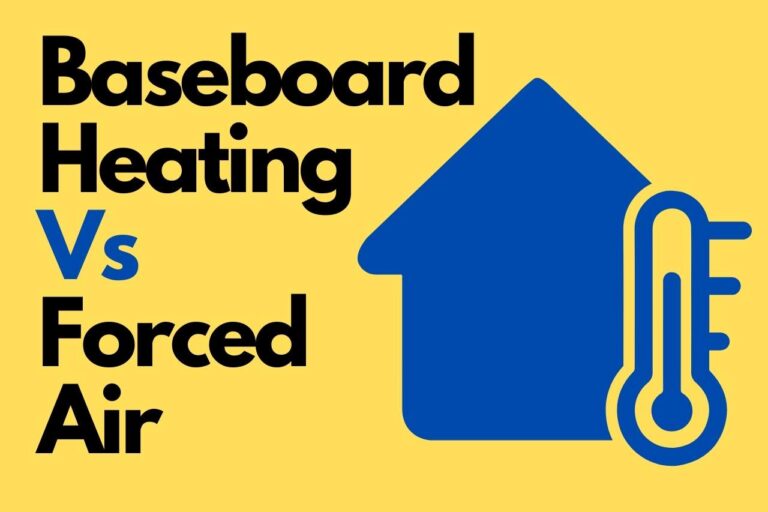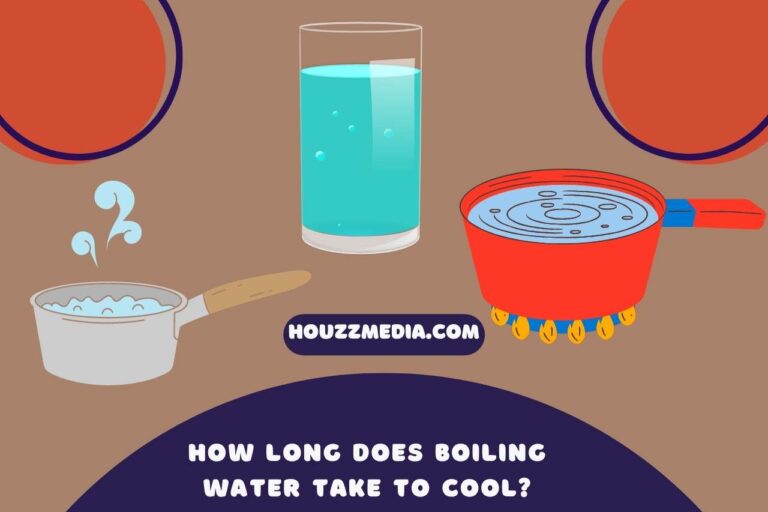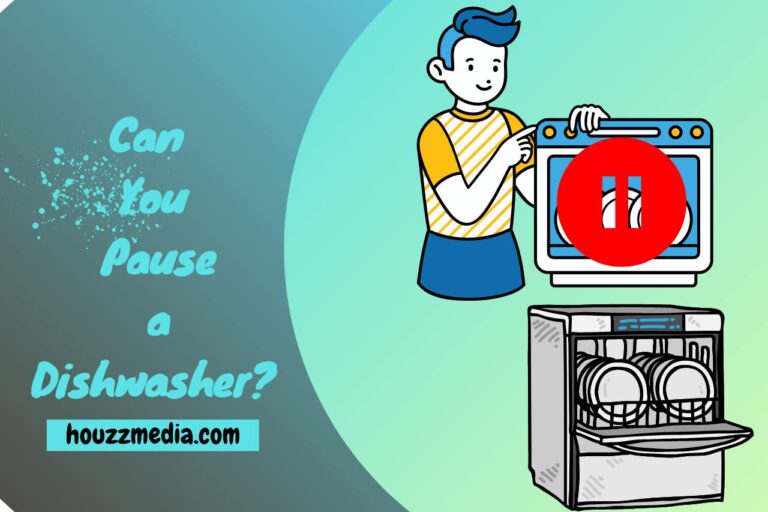Does a Microwave Need to Be Vented? Understanding Kitchen Safety!
“Does a microwave need to be vented?” is a question that resonates with many homeowners who prioritize kitchen functionality and safety. Venting a microwave isn’t just about redirecting steam and odors—it’s essential for maintaining air quality and preserving the heart of your home from the rigors of daily cooking. Accordingly, ventilation plays a crucial role in providing safer and more efficient cooking experience. If you are about to install your microwave, this discussion will clarify all your doubts regarding the mechanics of microwave venting and guide you through best practices to ensure your kitchen remains a haven of health and comfort.
Does a Microwave Need to Be Vented?
Yes, a microwave needs to be vented. Venting a microwave is crucial for safety and efficiency, as it helps to dispel heat and steam generated during cooking.
Let’s discuss the science behind the bond between microwaves and ventilation. Microwaves generate heat and moisture from the food being cooked or defrosted.
Without proper ventilation, steam can condense inside the microwave’s electronics. It can result in damaging the appliance and shortening its lifespan.
Venting also protects cabinetry and walls from heat and moisture accumulation that could lead to mold growth or structural damage.
For over-the-range microwaves, venting is particularly important as they are designed to double as a range hood, removing smoke, steam, and odors from the stovetop cooking area.
When it comes to the methods of venting, there are two: recirculating the air through a filter or external venting, which directs the exhaust outside the home.
It is vital to consider your kitchen’s layout and the microwave model when choosing the method of venting.
Moreover, you have to ensure that the venting system is clear and conforms to local building codes.
After the installation, you have the responsibility to maintain the microwave system well by keeping it debris-free.
Why Do Microwave Ovens Need Ventilation?
Microwave ovens require ventilation for several important reasons. Having an understanding of these factors will encourage you to vent your microwave precisely.
- Heat Dispersion: To disperse the heat generated during cooking, preventing the microwave and its surroundings from overheating.
- Moisture Control: To remove the steam and moisture produced from cooking. Consequently, the risk of mold and mildew formation will also be reduced in the kitchen area.
- Protecting Electronics: To prevent steam from condensing on the microwave’s internal components, which could lead to electrical issues or a shorter appliance lifespan.
- Air Quality: To filter out cooking odors, smoke, and grease, especially in over-the-range models. Thus, venting is a must for a fresher kitchen environment.
- Safety Compliance: To ensure adherence to safety standards and building codes, which often mandate proper ventilation for built-in appliances.
- Efficiency: To maintain the efficiency of the microwave, blocked filters or vents can lead to increased energy consumption and reduced performance.
How Do You Vent an Over-The-Range Microwave?
To vent an over-the-range microwave, you typically have two options: an external vent system or a recirculating system. We will provide the steps starting from choosing the venting method, so move on to the points below.
- Determine Venting Method: Choose between external venting, which directs smoke and odors outside your home, or recirculating, which filters air and releases it back into the kitchen. Consider your kitchen’s layout and the outer environment when choosing the method.
- External Venting:
- Cut a Duct Hole: First, measure and cut a hole in the wall or cabinet for the ductwork according to the microwave’s specifications.
- Install Ductwork: Next, secure the ducting to the microwave’s vent motor and ensure it leads outside the building.
- Seal and Cap: Use appropriate seals around the ductwork to prevent air leakage. Finally, cap the external exit to keep out pests and debris.
- Recirculating Venting:
- Attach Charcoal Filter: Fit the charcoal filter to capture grease and odors according to the manufacturer’s instructions.
- Align Vent Grills: Ensure that the microwave’s vent grills are in place to guide the filtered air back into the kitchen.
- Testing:
- Check Airflow: After the installation, turn on the microwave and verify that air moves freely through the vent system. In case there is something to adjust, do it now.
- Maintenance:
- Regular Cleaning: Clean grease filters regularly and replace charcoal filters as recommended by the manufacturer.
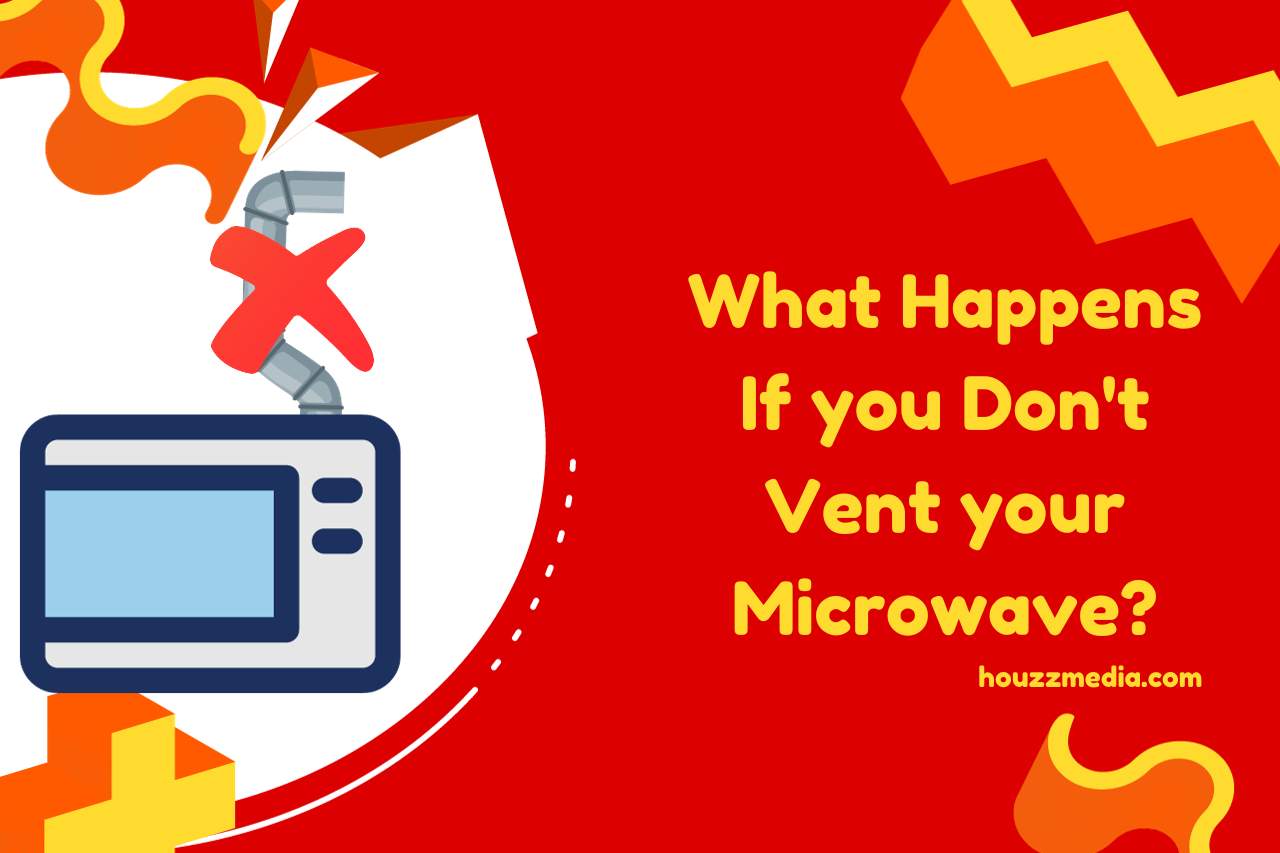
What Happens If you Don’t Vent your Microwave?
If you don’t vent your microwave, moisture, heat, and odors can build up, which can lead to mold growth, damage to kitchen cabinetry, and an unpleasant cooking environment. These bad consequences can be expected, especially if you own an over-the-range model. Let us explain to you further:
- Moisture Accumulation: Without proper ventilation, steam from cooking condenses on walls and cabinets, potentially causing water damage or mold.
- Heat Build-Up: Excess heat from the microwave and the cooktop below can damage the appliance itself and the surrounding area.
- Persistent Odors: Cooking smells may linger in the kitchen and nearby rooms, as there’s no system to filter and remove them.
- Reduced Air Quality: Lack of ventilation can lead to poor indoor air quality, with increased levels of pollutants and grease in the air.
Watch this one,
Video Credits – HouseImprovements
You May Also Like
- Can you Microwave Parchment Paper? Safety Guidelines Unveiled!
- Can you Microwave a Chipotle Bowl? Satisfy Your Cravings!
- Is Rubbermaid Microwave Safe? Microwaving Made Easy!
- Why is My Microwave Not Spinning? Professional Tips!
- Why is My Microwave So Loud? Understanding Unusual Noises!
- Why is My Microwave Smoking? Immediate Steps to Take!
- How to Get Burnt Smell Out of Microwave? (DIY Solutions)
- Does a Microwave Cook from the Inside Out? (Inside vs Outside)
